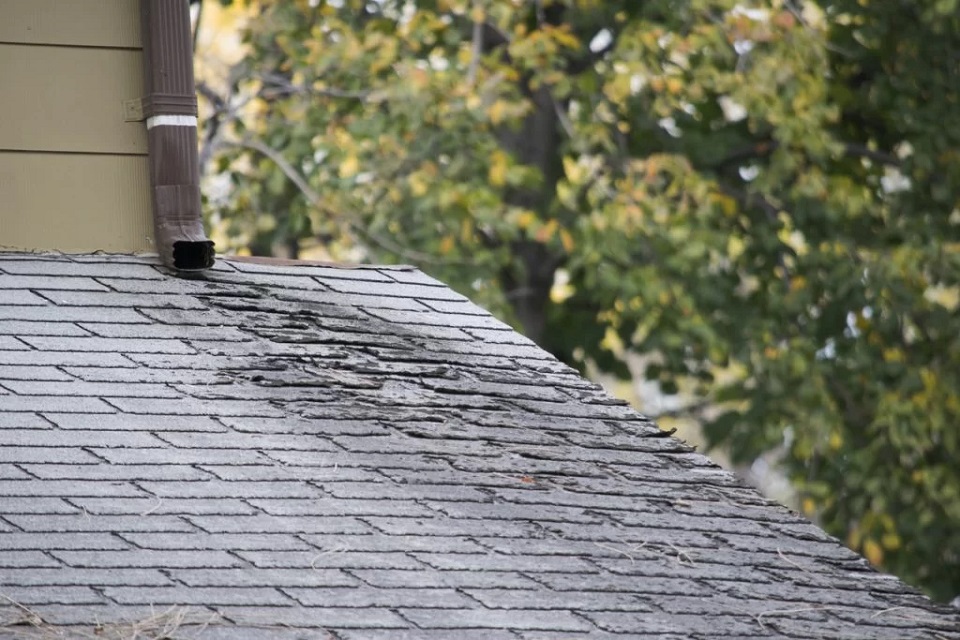Roof leaks can cause a lot of damage to your home. They can lead to mold, rotted framing and sheathing, destroyed insulation, and even damaged ceilings.
However, these problems can be minimized if you know what to look for. This article will help you to identify and fix five common causes of roof leaks.
Table of Contents
Deteriorated Flashing
Flashing is a protective layer of metal installed around penetrations on your roof to prevent rainwater from getting into the areas where it could cause damage. This includes chimneys, vents, skylights, and more.
Flashing also helps to direct runoff water away from your home’s foundation, which can help prevent flooding and leaks. If your flashing deteriorates, it might need to be repaired or replaced to protect your home and the foundation.
Identifying roof leaks that are caused by deteriorated flashing is easy. A simple two-person job can be done on your own: Send someone up to your attic and let them use a garden hose to run water over the areas that intersect with your roof, like chimneys, vents, and skylights.
Missing Or Damaged Shingles
Shingles are made to act as a resilient, water-resistant wall between your roof and the outside world. This keeps your home’s insulation, wood trim, and other components from absorbing water from rain, snow, and hail.
Shingles occasionally sustain damage and lose the granules that comprise the protective coating. In this circumstance, many things could go wrong.
A shingle that is missing or broken needs to be replaced. It must be fixed because it no longer adequately safeguards your property.
If you notice a few shingles missing, it is important to find out why they are missing. For example, if it is wind damage, you can replace them yourself or with help from your insurance company. You should hire a roofing professional to fix the issue if it is a shoddy installation or hail damage.
Foreign Objects
A missing or misplaced shingle is one of the most common causes of roof leaks. This may be caused by improper installation, weather-related damage, or simply time wear.
Another possible source of a roof leak is a foreign object. The most common types of objects that get into a home include nails, screws, and wood shards. Homeowners often overlook them, but they can be a source of trouble. A good first step is to hire a professional to inspect your home for foreign objects. They will be able to recommend the best way to dispose of them. In addition, a professional can explain what is and is not a hazard to your family and home.
Damaged Gutters
Gutters are important to the structural integrity of your home and provide vital protection from storm damage. Rain and snow could seep into your house’s foundation without them and cause rot and mold.
Your gutters may sag and begin to leak if they are filled with trash and leaves. The brackets holding your gutters to the house may also become loose due to the weight of the accumulated material.
Over time, this can cause serious water damage to your home’s walls and foundation. If you need clarification, look professionally at your roof and gutters to see if anything needs to be addressed.
Damaged Flashing
Flashing is an important part of protecting your roof from water damage. It is designed to protect crevices and joints on your roof by preventing water from entering those areas.
If your flashing is rusted, corroded, ripped off, or bent, it’s time for roof repair or replacement. It’s also possible that the sealant that keeps it waterproof has failed or weakened over time.
To avoid this issue, make a habit of checking your flashing regularly. You can do so by taking detailed pictures each year and then comparing them to recent photos to spot changes in the flashing.



